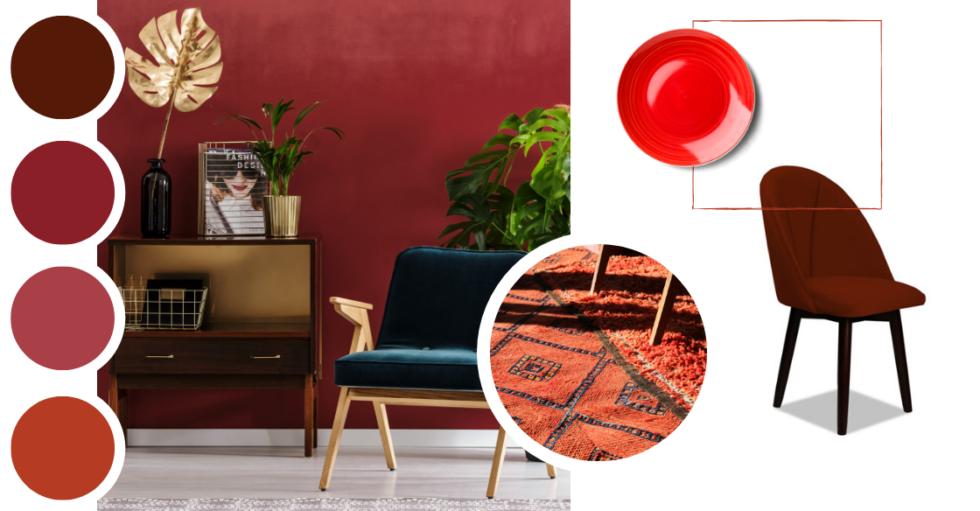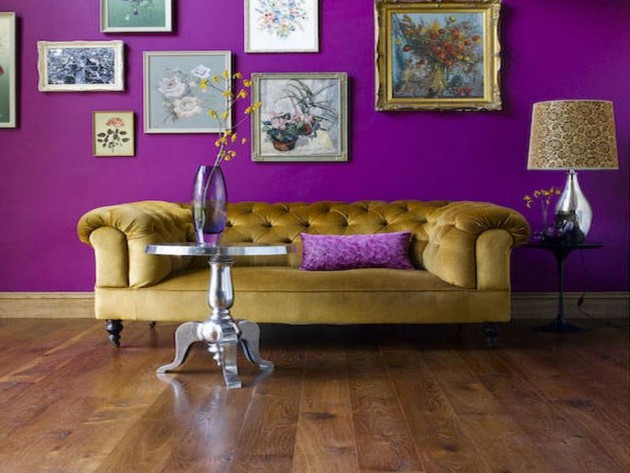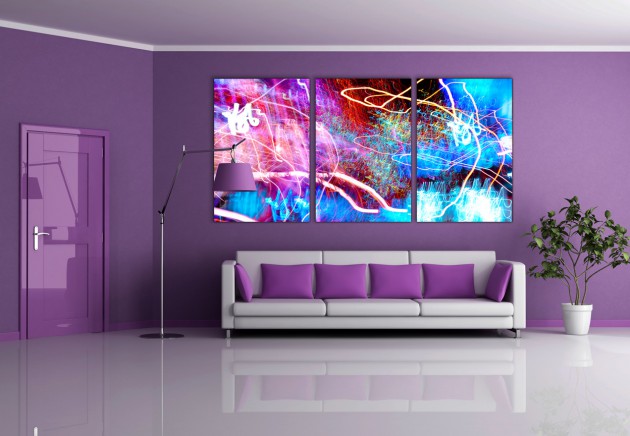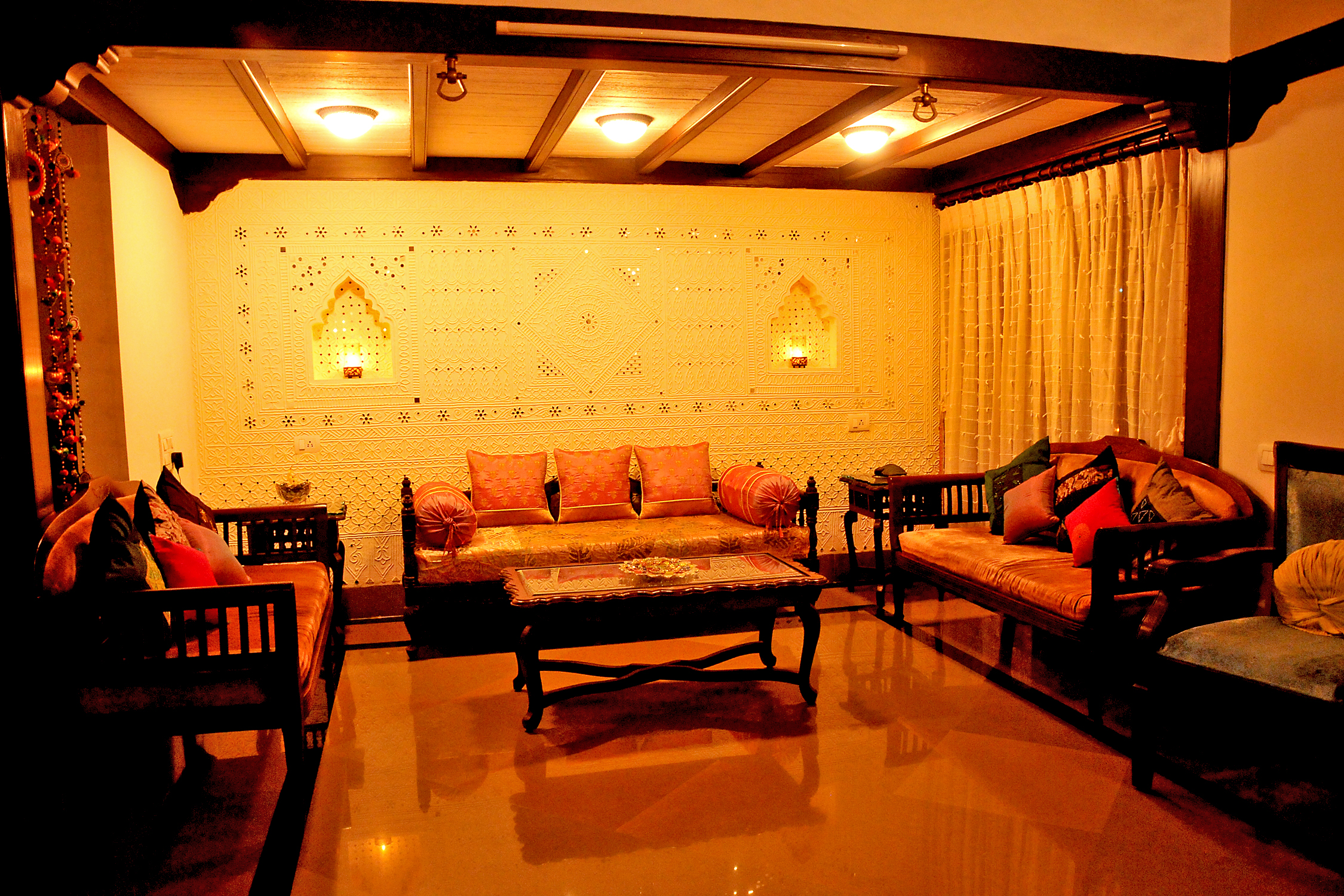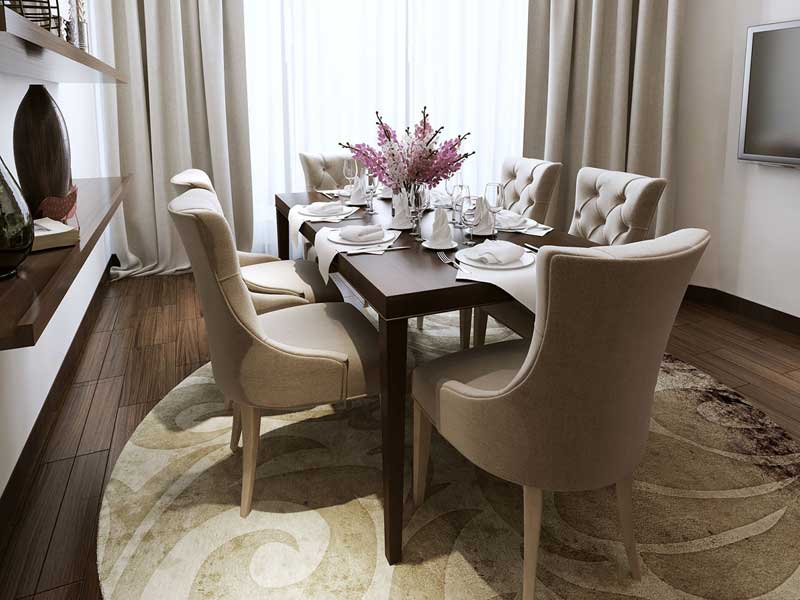When it comes to choosing the perfect color for your living room walls, neutral tones are a safe and versatile choice. Shades like beige, gray, and cream can create a calming and welcoming atmosphere, making them perfect for a cozy living room. These colors are also easy to pair with different furniture and decor styles, allowing you to change up your living room's look without having to repaint the walls. If you want to add some warmth and depth to your neutral living room, consider using earthy tones like terracotta or taupe. These colors can add a touch of warmth and coziness without being too overpowering.Neutral Colors for Living Room Walls
Small living rooms can often feel cramped and claustrophobic, but the right paint color can help open up the space and make it feel larger. Light and airy colors like pale blues, soft yellows, and light grays can help create the illusion of more space. Avoid dark colors like deep reds and browns, as they can make a room feel smaller and more closed in. If you want to add a pop of color to your small living room, consider using a bold accent wall in a bright or dark color. This can add interest and depth to the room without overwhelming it.Best Paint Colors for Small Living Rooms
When it comes to popular living room paint colors, there are a few shades that always seem to be on-trend. Greige, a mix of gray and beige, is a popular choice for its versatility and ability to complement a variety of decor styles. Navy blue has also been gaining popularity in living rooms for its timeless and sophisticated feel. Another popular trend is bold accent colors, such as emerald green, deep red, or mustard yellow. These colors can add a vibrant and modern touch to your living room, but be sure to balance them out with neutral tones to avoid overwhelming the space.Popular Living Room Paint Colors
For a cozy and inviting living room, consider using warm colors on your walls. Warm neutrals like beige, taupe, and cream can create a welcoming and comfortable atmosphere, while rich earthy tones like deep red, burnt orange, and mustard yellow can add a touch of warmth and personality to the room. When using warm colors, be mindful of your lighting. Natural light can enhance warm tones, while artificial light can sometimes make them look too yellow or orange. Consider using warm bulbs to balance out the colors in your living room.Warm Colors for Living Room Walls
On the other hand, if you prefer a cooler and more calming atmosphere in your living room, cool colors may be the way to go. Soft blues, pale greens, and lavender can create a serene and relaxing environment, perfect for unwinding after a long day. Cool colors are also great for making a small living room feel bigger, as they can create the illusion of more space. Just be sure to balance them out with warm accents or decor to avoid a cold and sterile feel.Cool Colors for Living Room Walls
When choosing a paint finish for your living room, consider both the aesthetic and practical aspects. Eggshell or satin finishes are popular for living rooms as they offer a slight sheen and are easy to clean. Semi-gloss is another option, which provides a bit more shine and durability, making it ideal for high-traffic areas. If you want a more matte finish, consider flat or matte options. These finishes can help hide imperfections on your walls, but they are not as easy to clean as glossier options.Choosing the Right Paint Finish for Your Living Room
Accent colors can be a great way to add interest and personality to your living room. When choosing an accent color, consider the color wheel. Complementary colors, which are opposite each other on the wheel, can create a bold and striking look, while analogous colors, which are beside each other, can create a more harmonious and cohesive feel. Also, think about the 70-20-10 rule, where 70% of your room should be in your main color, 20% in your secondary color, and 10% in your accent color. This will help create a balanced and visually appealing space.How to Use Accent Colors in Your Living Room
Choosing a color scheme for your living room can be overwhelming, but it doesn't have to be. Start by selecting a main color that you love and build your scheme around it. Consider using monochromatic colors, varying shades and tones of the same color, for a timeless and sophisticated look. You can also use the color wheel to create a triadic or analogous color scheme, as mentioned before. Just be sure to balance out your colors with neutral tones to avoid a chaotic look.Creating a Color Scheme for Your Living Room
The way you apply your paint can also affect the overall look and feel of your living room. Dry brushing can create a textured and rustic look, while sponging can add depth and interest to your walls. Another technique to consider is color washing, where you apply a lighter color over a darker base for a subtle and soft look. This can be a great option for creating a cozy and inviting living room.Painting Techniques for a Cozy Living Room
Finally, it's important to consider the psychological effects of color when choosing a paint color for your living room. Blue is known for its calming and soothing properties, making it great for a relaxing living room. Yellow can bring energy and happiness to a space, while red can add warmth and passion. Think about the mood you want to create in your living room and choose your colors accordingly. Don't be afraid to experiment and have fun with color in your home design.Using Color Psychology in Your Living Room Design
Creating a Welcoming Atmosphere: The Importance of Paint Colors in the Living Room

The Power of Paint
 The living room is often considered the heart of the home, where families gather to relax, entertain, and make memories. As such, it's important to create a welcoming and inviting atmosphere in this space. One of the most effective ways to do so is through the use of paint colors.
Choosing the right paint colors
can completely transform the look and feel of your living room, making it a comfortable and enjoyable space for all. In this article, we will discuss the importance of selecting suitable paint colors for your living room, and offer tips on how to
create a cohesive and aesthetically pleasing design
that reflects your personal style.
The living room is often considered the heart of the home, where families gather to relax, entertain, and make memories. As such, it's important to create a welcoming and inviting atmosphere in this space. One of the most effective ways to do so is through the use of paint colors.
Choosing the right paint colors
can completely transform the look and feel of your living room, making it a comfortable and enjoyable space for all. In this article, we will discuss the importance of selecting suitable paint colors for your living room, and offer tips on how to
create a cohesive and aesthetically pleasing design
that reflects your personal style.
Setting the Mood
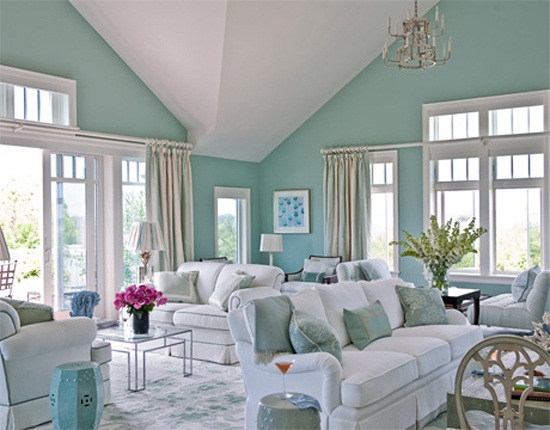 The first step in choosing suitable paint colors for your living room is to consider the mood you want to create in the space.
Warm colors
such as reds, oranges, and yellows can create a cozy and inviting atmosphere, perfect for a family gathering or a movie night.
Cool colors
like blues, greens, and purples, on the other hand, can evoke a sense of calm and tranquility, making them ideal for a
relaxing and peaceful
living room. Neutrals such as beige, gray, and white can provide a
versatile and timeless
backdrop, allowing you to change up the decor and
switch between different moods
as desired.
The first step in choosing suitable paint colors for your living room is to consider the mood you want to create in the space.
Warm colors
such as reds, oranges, and yellows can create a cozy and inviting atmosphere, perfect for a family gathering or a movie night.
Cool colors
like blues, greens, and purples, on the other hand, can evoke a sense of calm and tranquility, making them ideal for a
relaxing and peaceful
living room. Neutrals such as beige, gray, and white can provide a
versatile and timeless
backdrop, allowing you to change up the decor and
switch between different moods
as desired.
Consider the Lighting
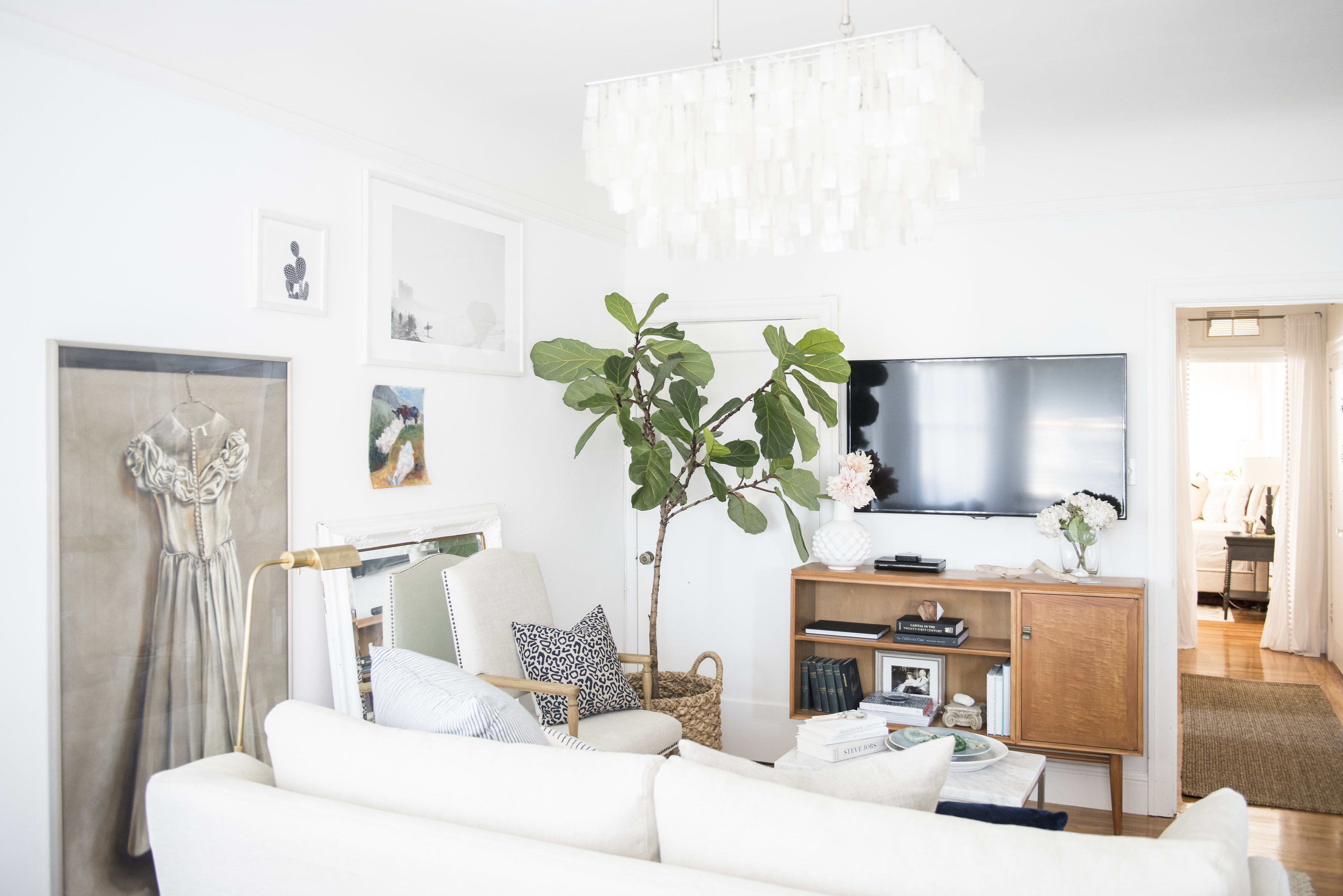 When choosing paint colors for your living room, it's important to
consider the lighting
in the space. Natural light can have a significant impact on how a color appears, so it's important to test out different shades at different times of the day.
Dark colors
can make a room feel smaller and cozier, while
lighter colors
can open up the space and make it feel more spacious and airy. If your living room has limited natural light, consider using
bright and warm colors
to bring in some warmth and
create a welcoming and inviting atmosphere
.
When choosing paint colors for your living room, it's important to
consider the lighting
in the space. Natural light can have a significant impact on how a color appears, so it's important to test out different shades at different times of the day.
Dark colors
can make a room feel smaller and cozier, while
lighter colors
can open up the space and make it feel more spacious and airy. If your living room has limited natural light, consider using
bright and warm colors
to bring in some warmth and
create a welcoming and inviting atmosphere
.
Coordinating with the Décor
 In addition to setting the mood and considering lighting, it's also important to
coordinate your paint colors with your existing décor
. Take a look at the furniture, curtains, and other accents in your living room and
choose colors that complement and enhance
these elements. For a cohesive and harmonious look, consider using
different shades of the same color
throughout the room. This will create a sense of
balance and unity
, tying everything together for a polished and
professionally designed
space.
In addition to setting the mood and considering lighting, it's also important to
coordinate your paint colors with your existing décor
. Take a look at the furniture, curtains, and other accents in your living room and
choose colors that complement and enhance
these elements. For a cohesive and harmonious look, consider using
different shades of the same color
throughout the room. This will create a sense of
balance and unity
, tying everything together for a polished and
professionally designed
space.
In Conclusion
 The right paint colors can make all the difference in creating a welcoming and comfortable living room. By considering the mood, lighting, and existing décor, you can
choose suitable colors
that will transform your living room into a space that reflects your personal style and
invites everyone to relax and make memories
. Don't be afraid to
experiment
with different shades and combinations until you find the perfect
color palette
for your living room. Remember, a little paint can go a long way in creating a warm and inviting atmosphere in your home.
The right paint colors can make all the difference in creating a welcoming and comfortable living room. By considering the mood, lighting, and existing décor, you can
choose suitable colors
that will transform your living room into a space that reflects your personal style and
invites everyone to relax and make memories
. Don't be afraid to
experiment
with different shades and combinations until you find the perfect
color palette
for your living room. Remember, a little paint can go a long way in creating a warm and inviting atmosphere in your home.


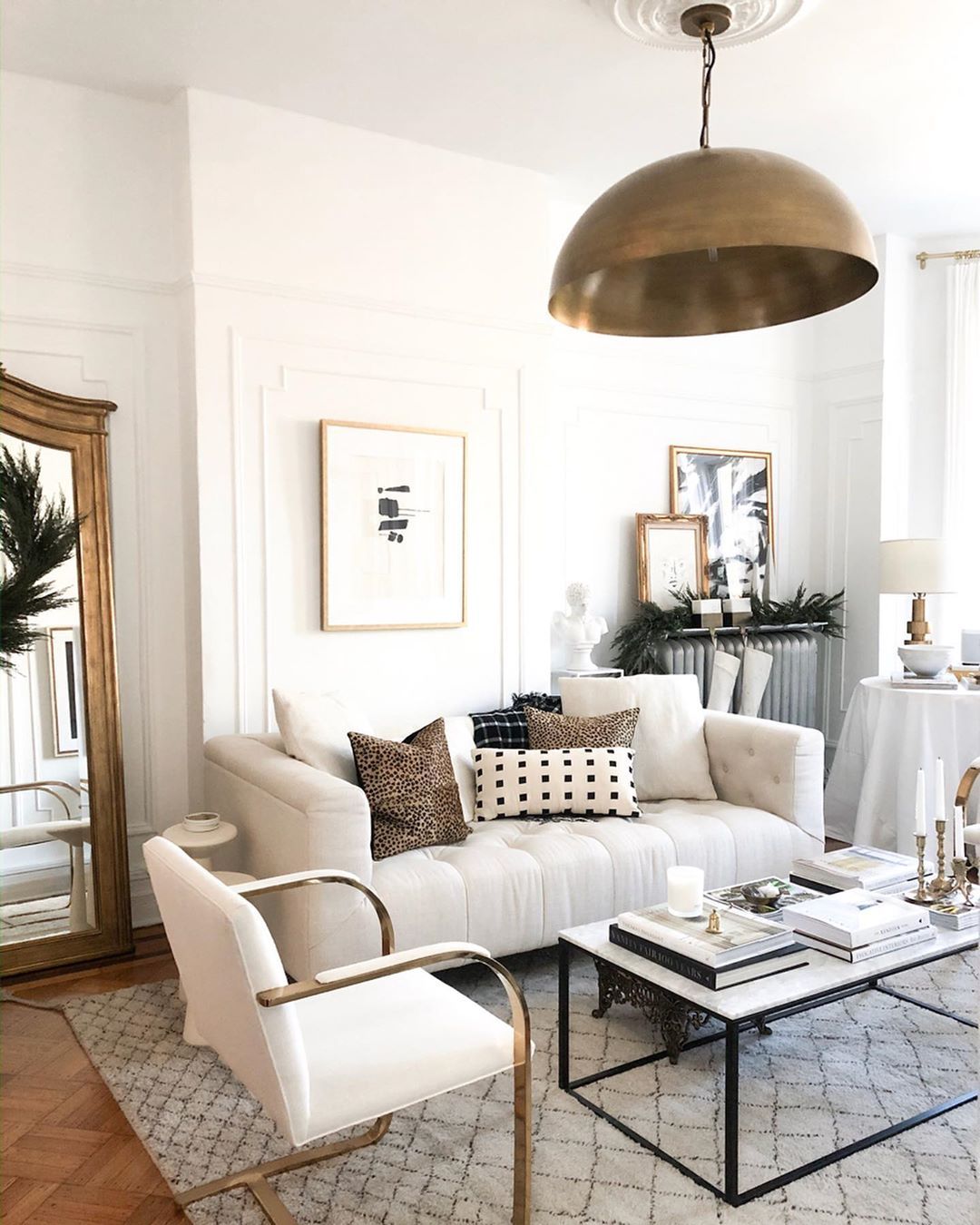
/Neutrallivingroom-GettyImages-568518365-5a6260a87d4be80036ac6b0c.jpg)
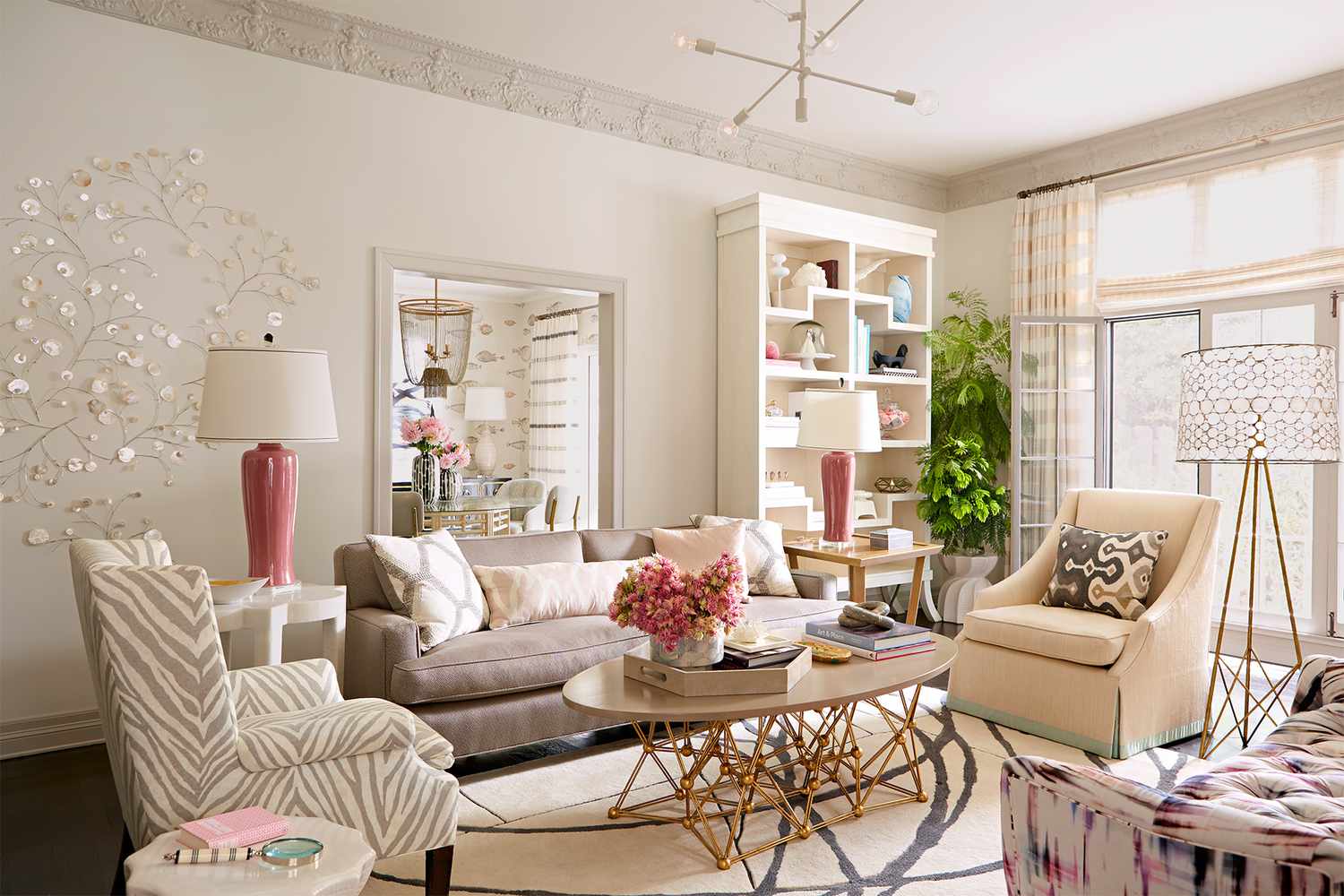
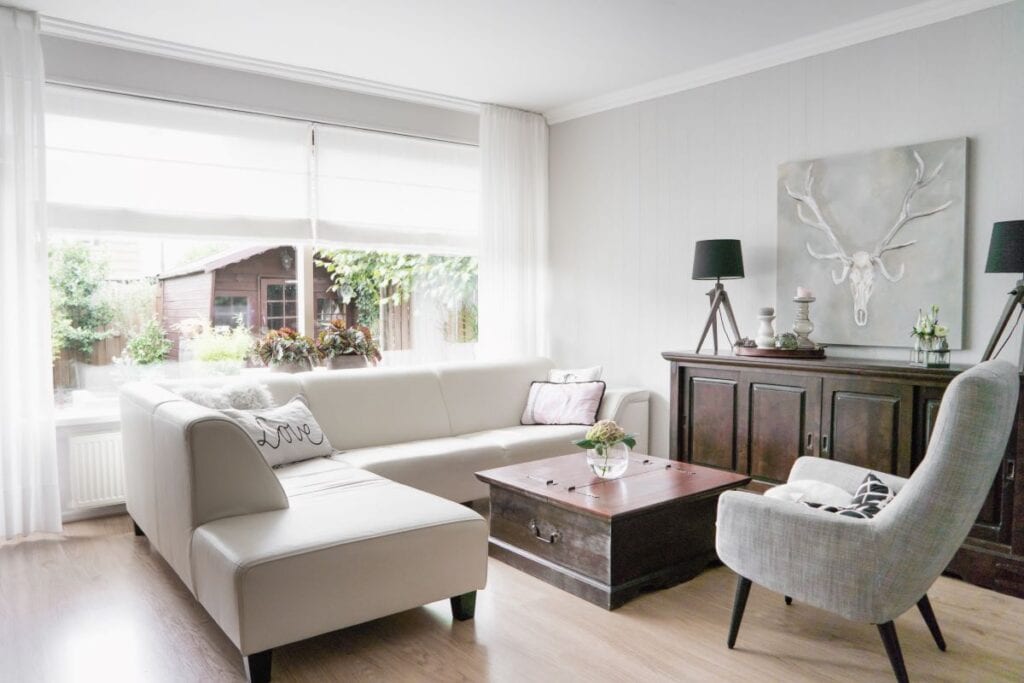

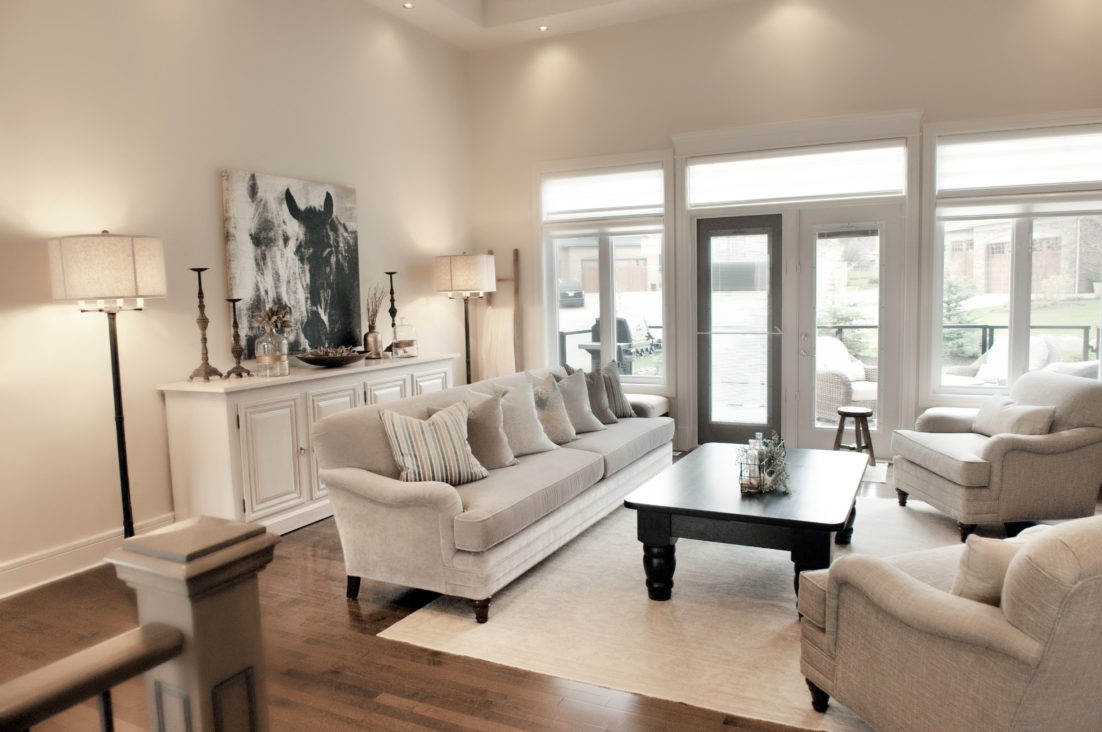


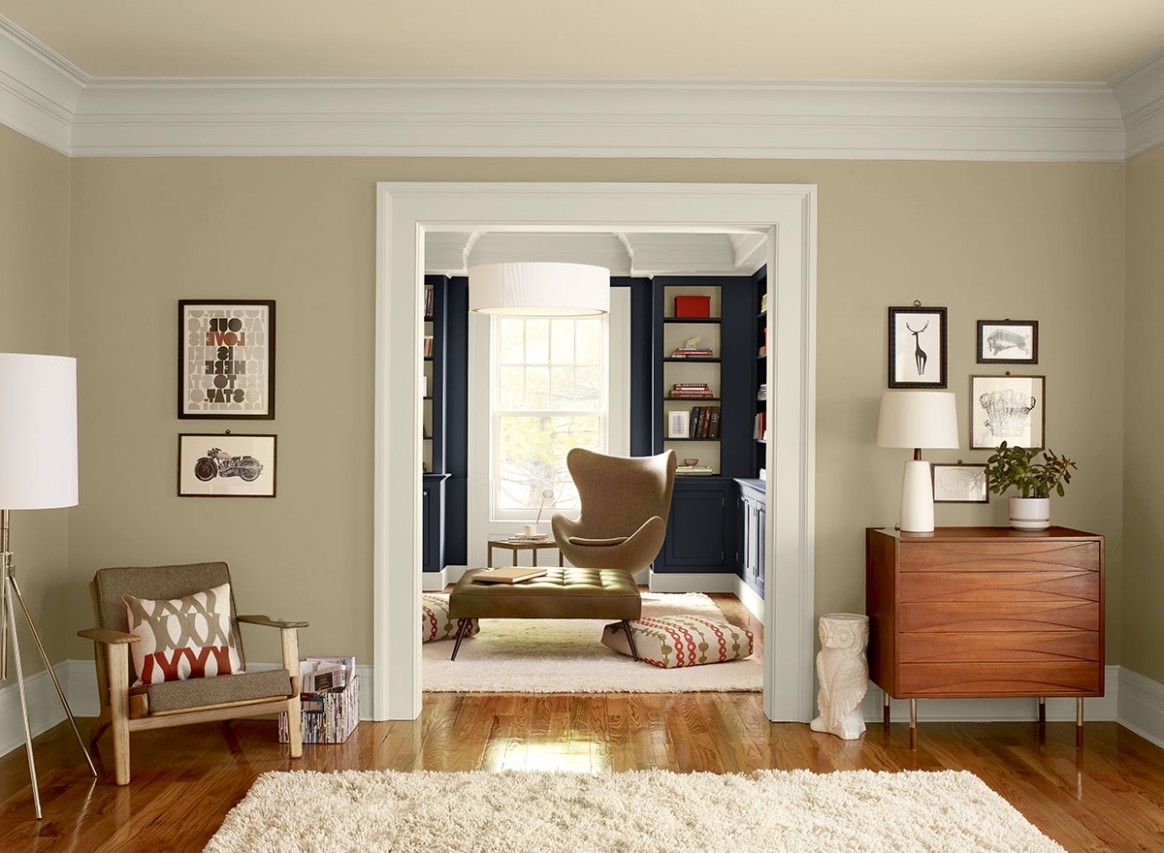
:max_bytes(150000):strip_icc()/clark_Kensington_neutrals-57db7f2e5f9b5865164b7baa.png)





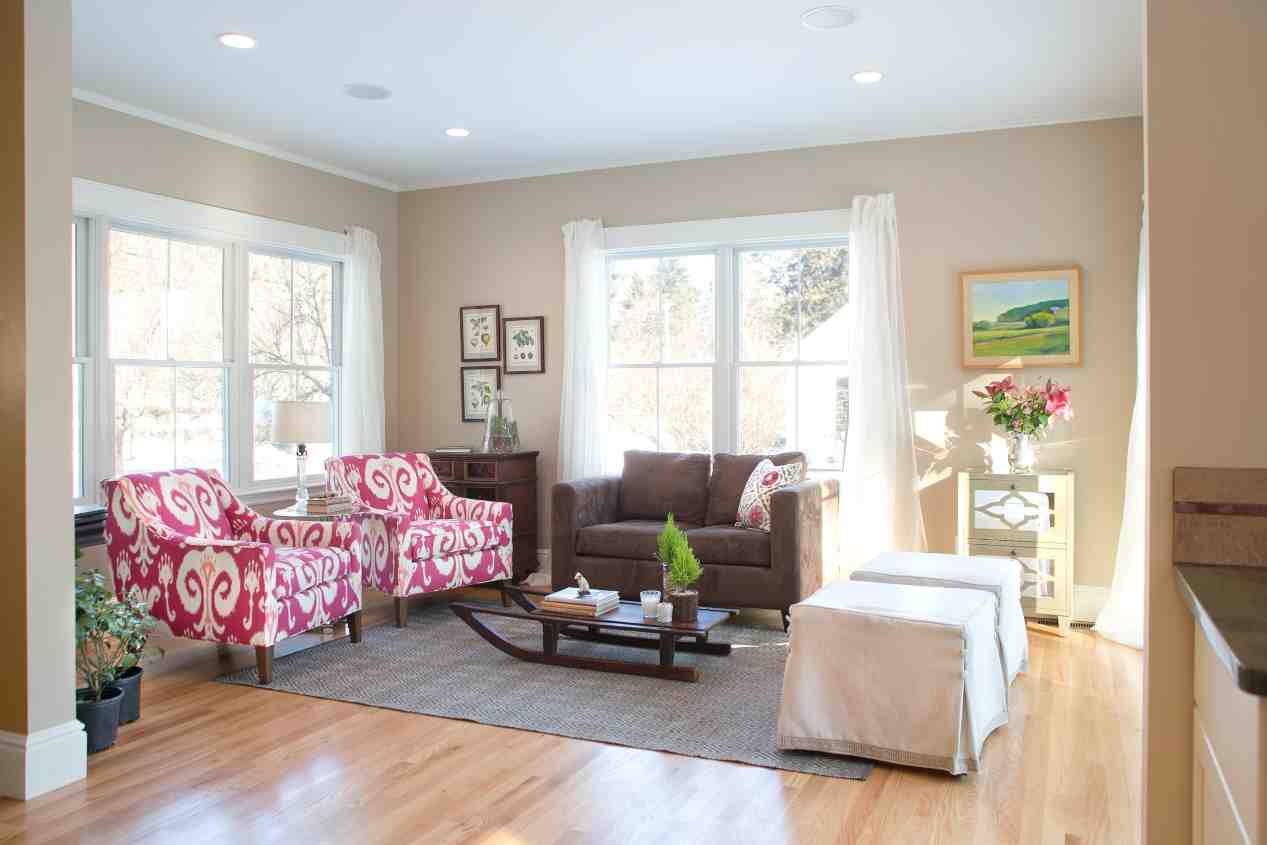
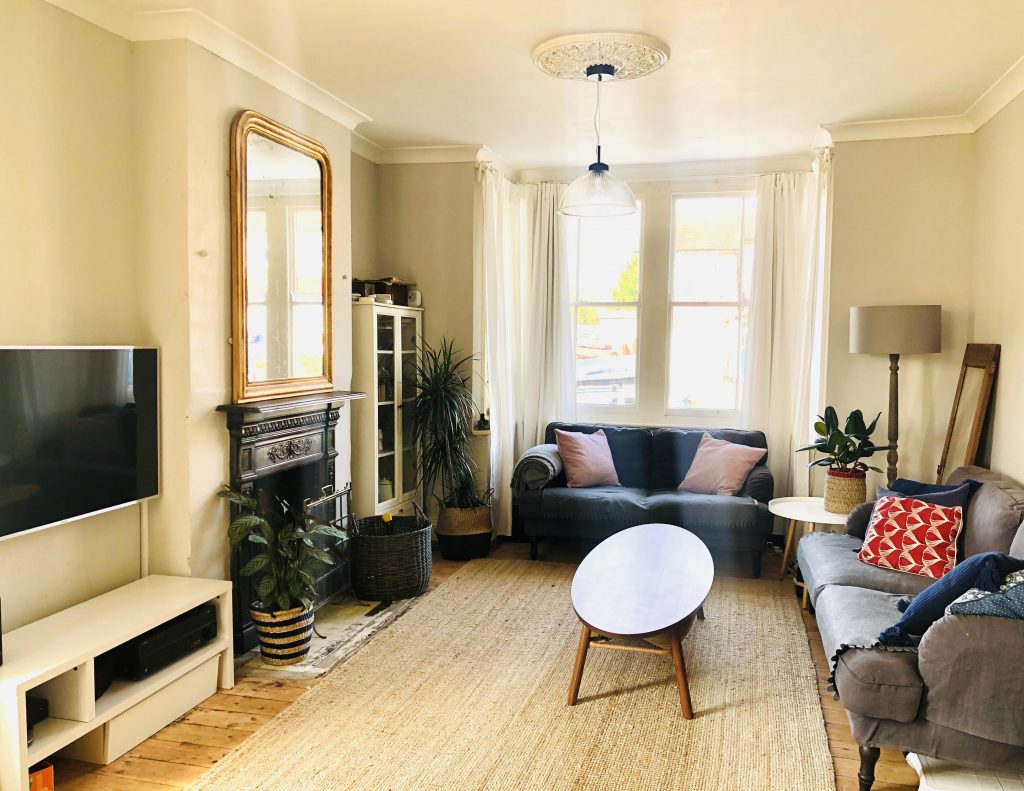



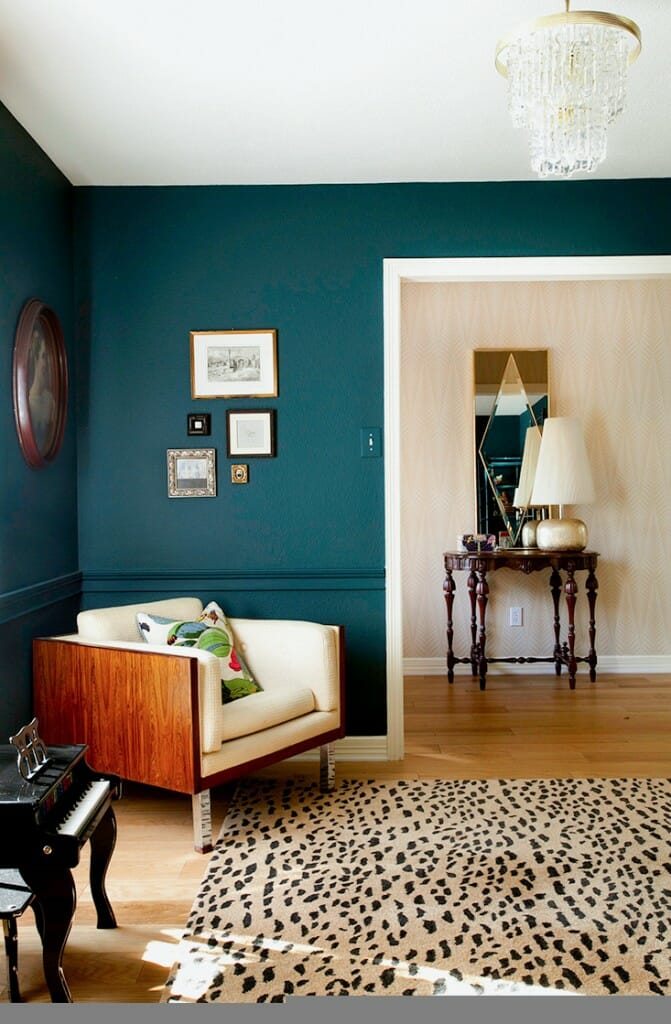

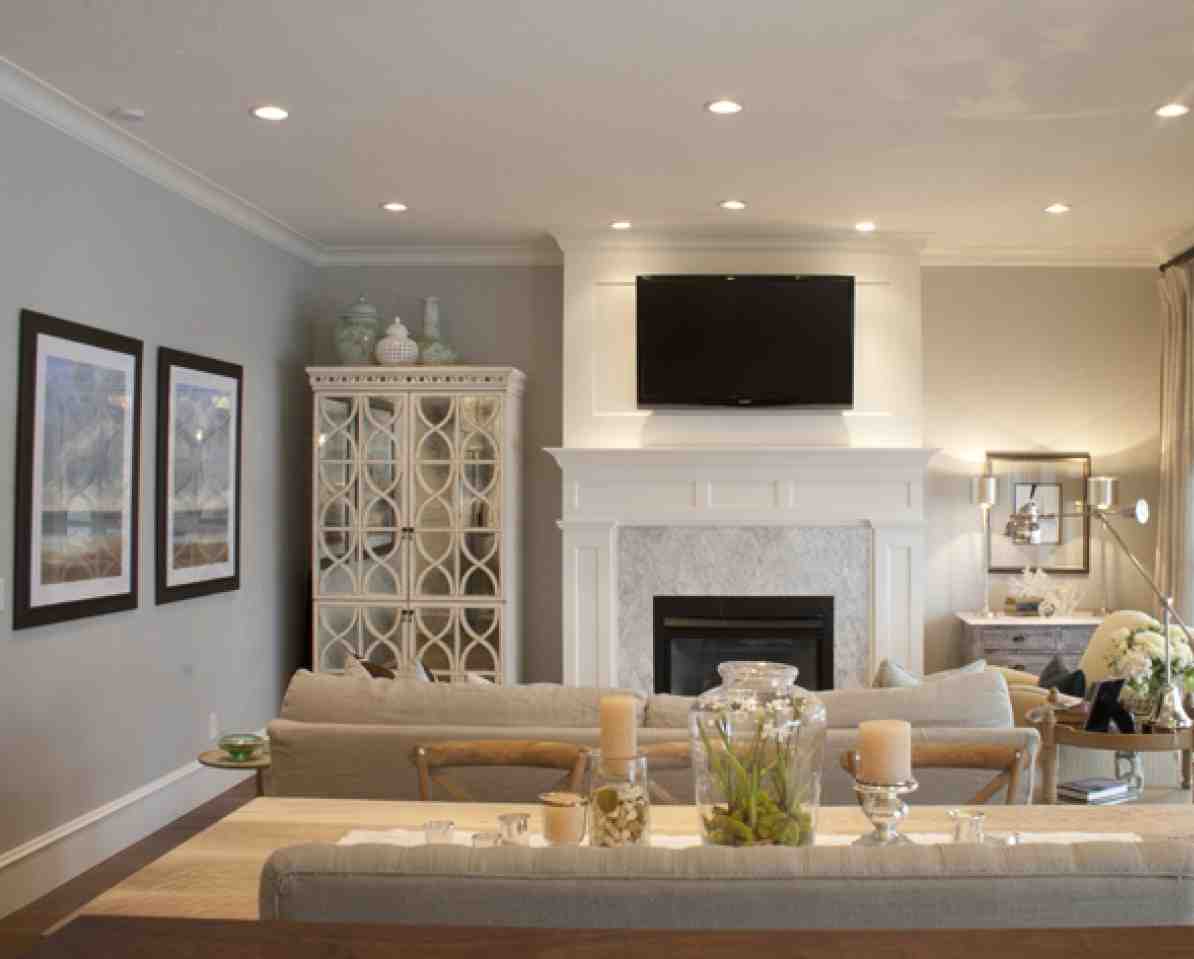


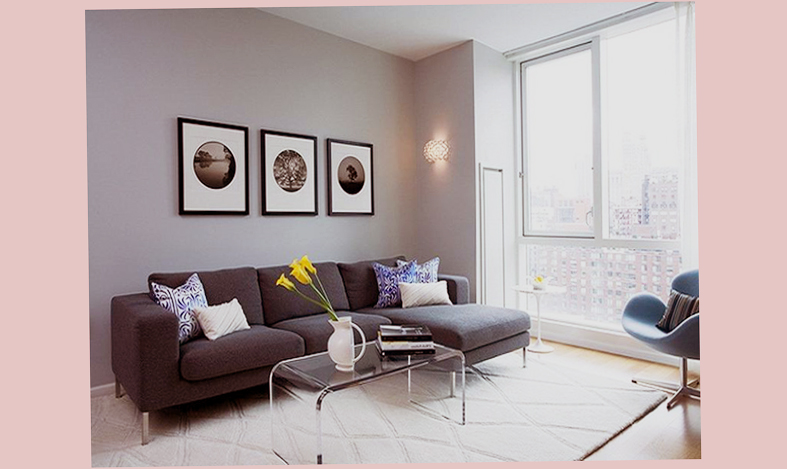
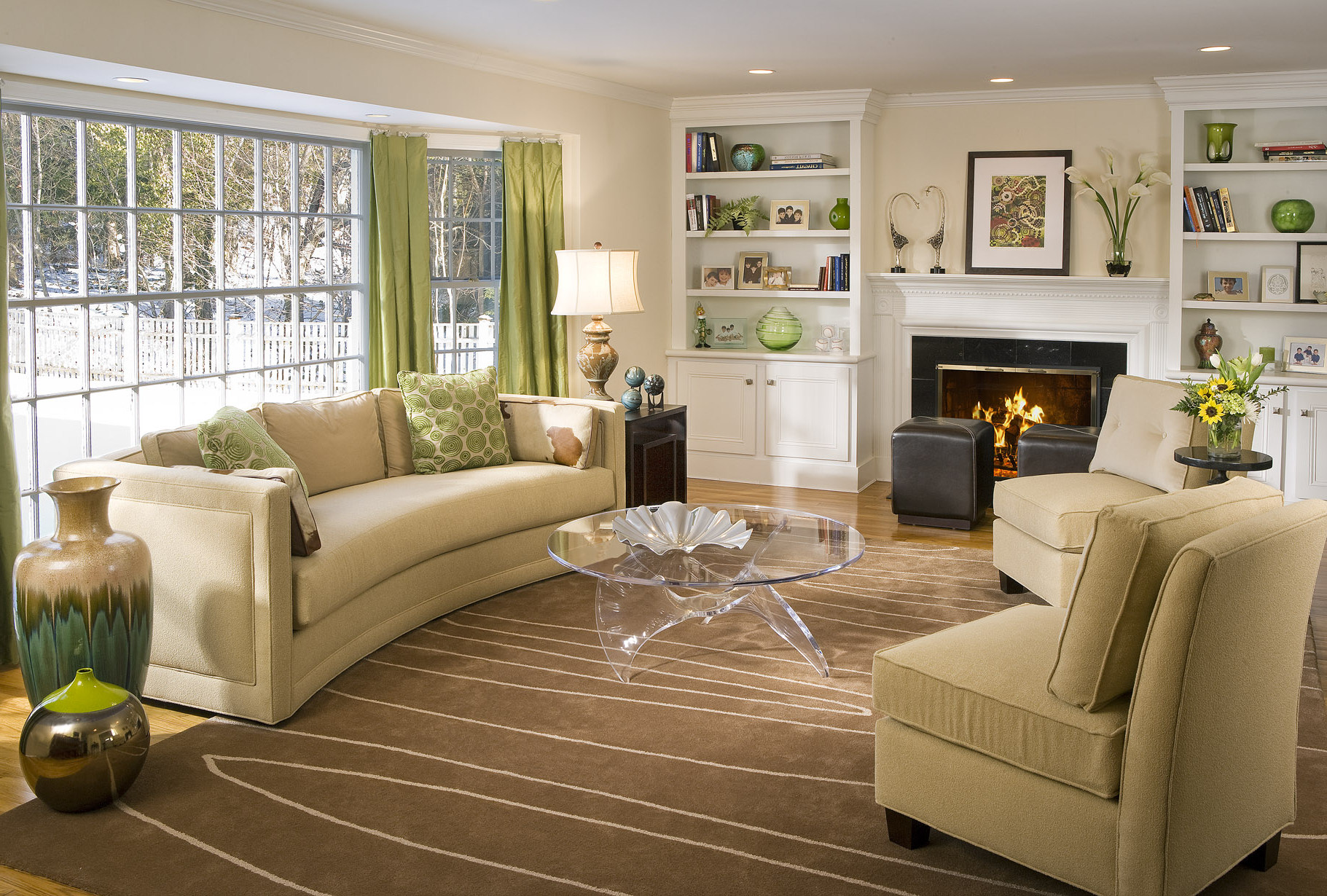














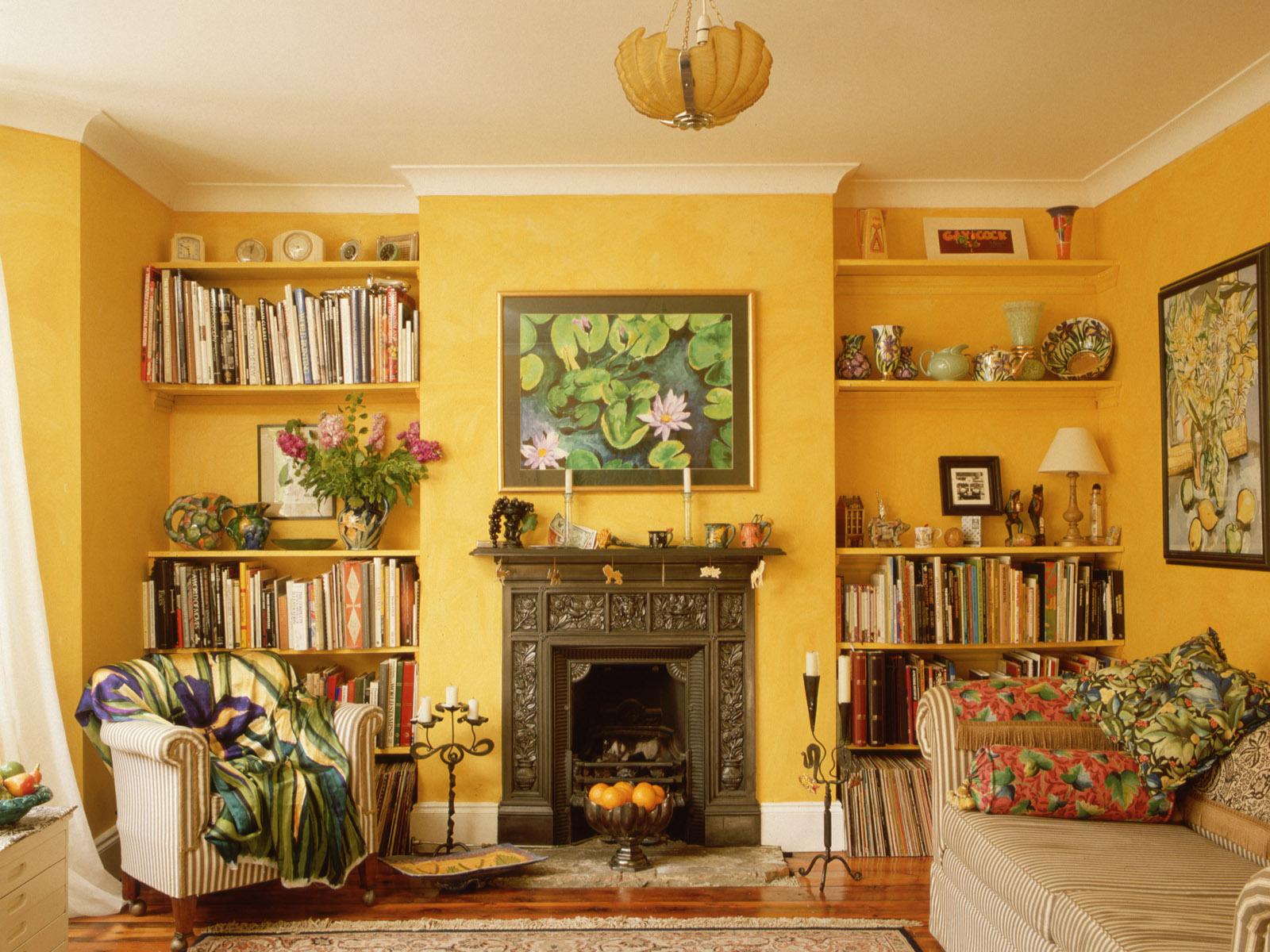





:max_bytes(150000):strip_icc()/Litchfield_BeresfordHill_025-5b89787fc9e77c00258aa53c.jpg)
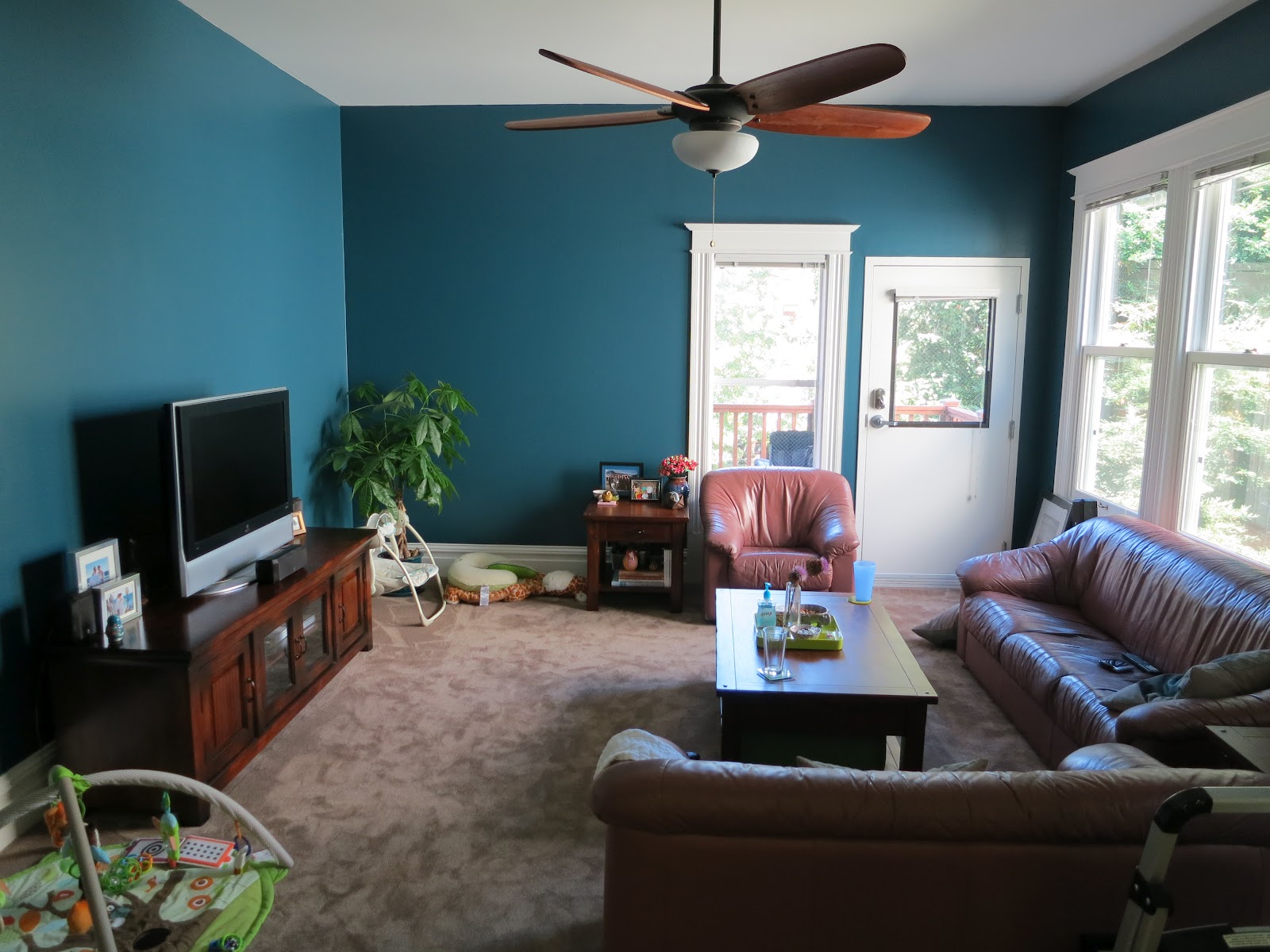
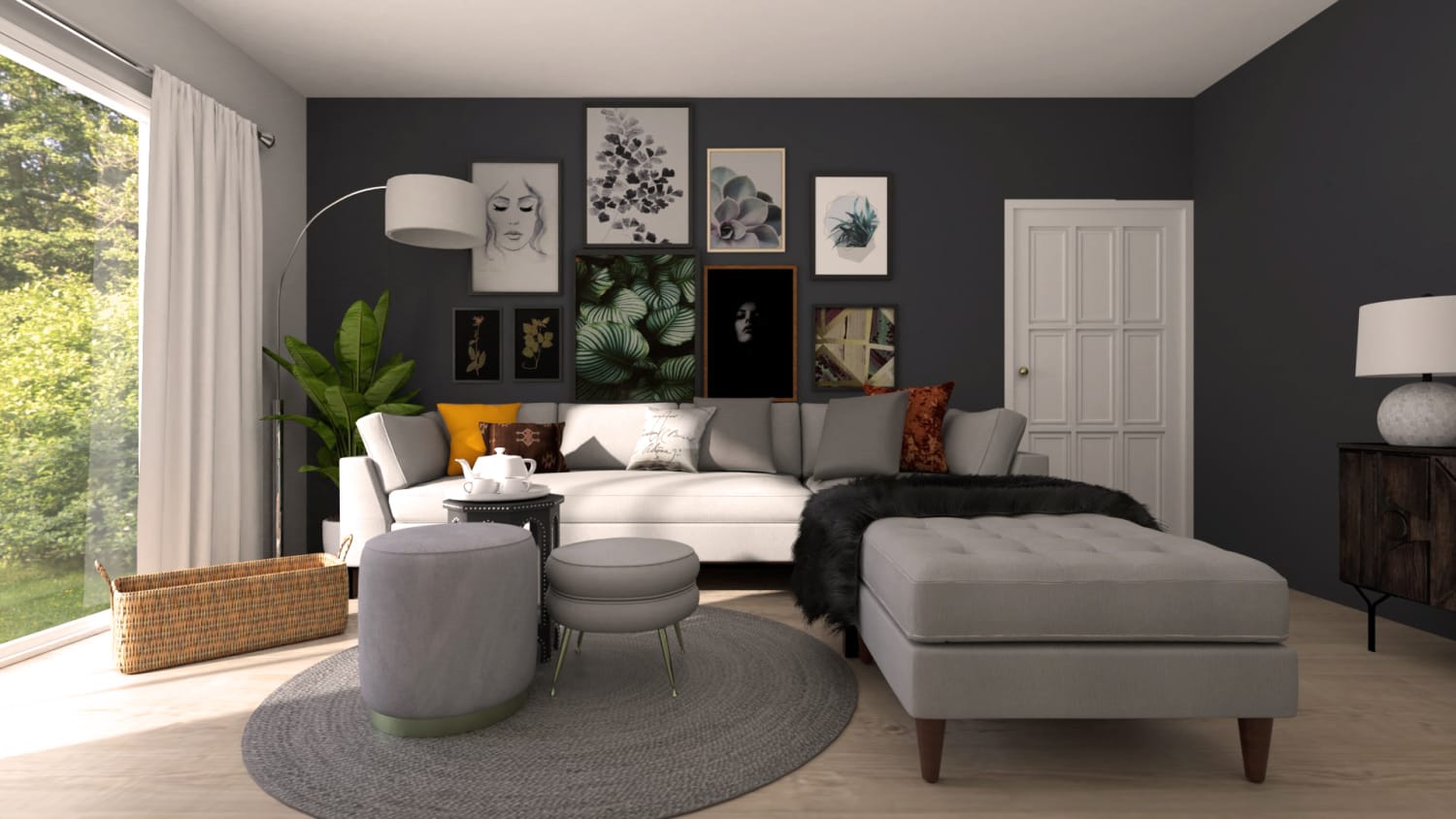





:max_bytes(150000):strip_icc()/choosing-the-right-interior-paint-finish-1977100-HERO-05-99eb1fc00586453dbd9ee05fc996b816.jpg)
:max_bytes(150000):strip_icc()/choosing-interior-paint-colors-4011484-007-b567461297e44c4f8a84f1088e1f40ea.jpg)

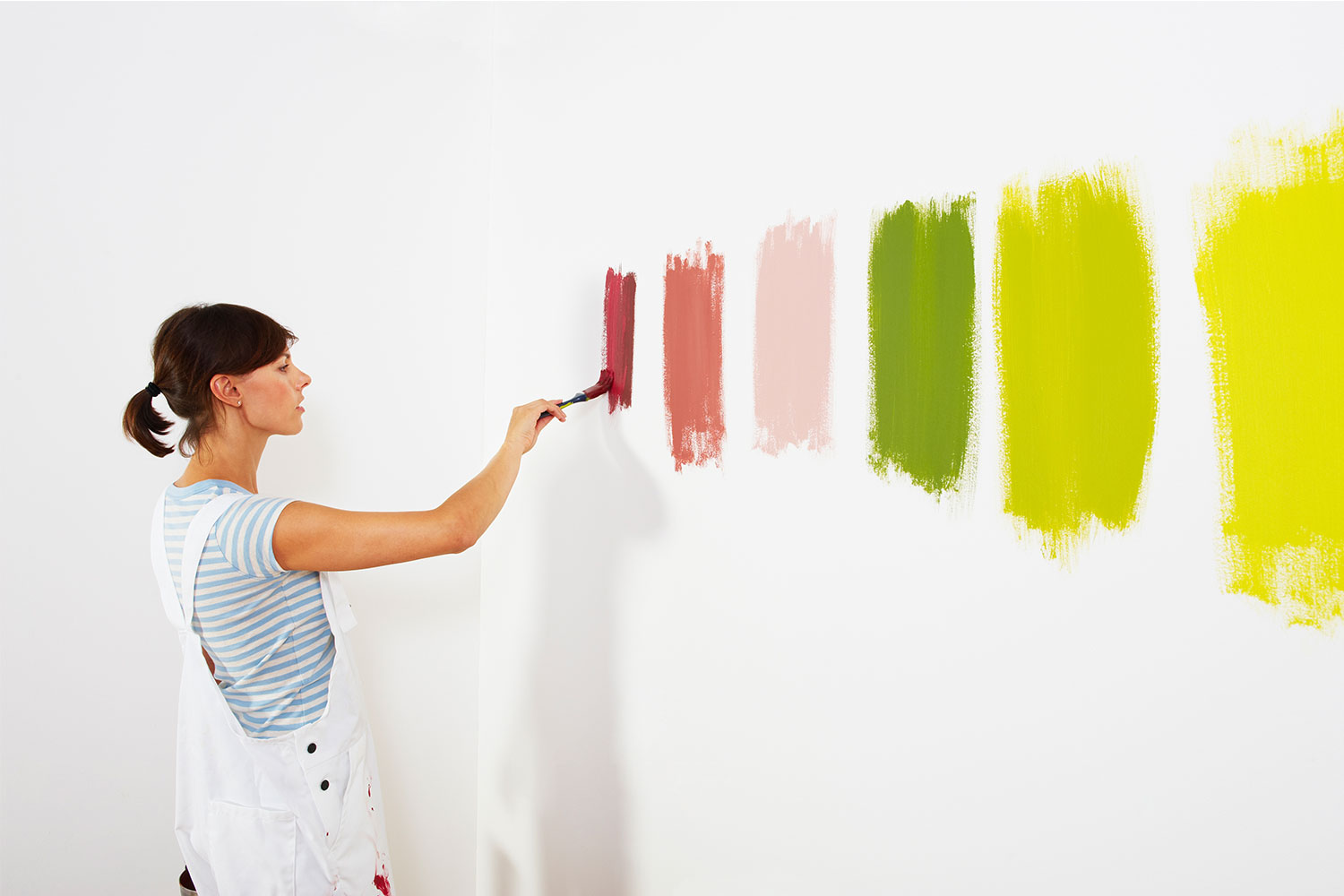

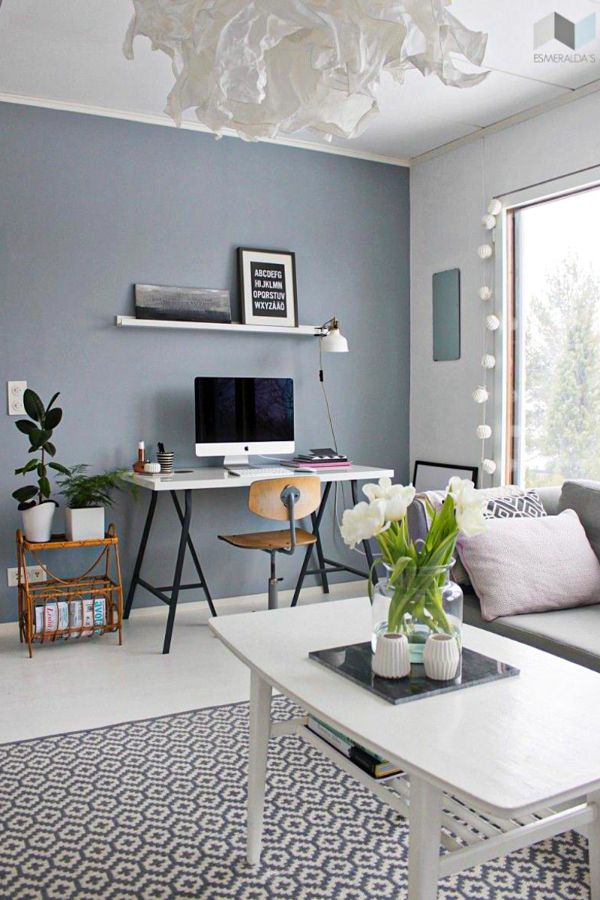








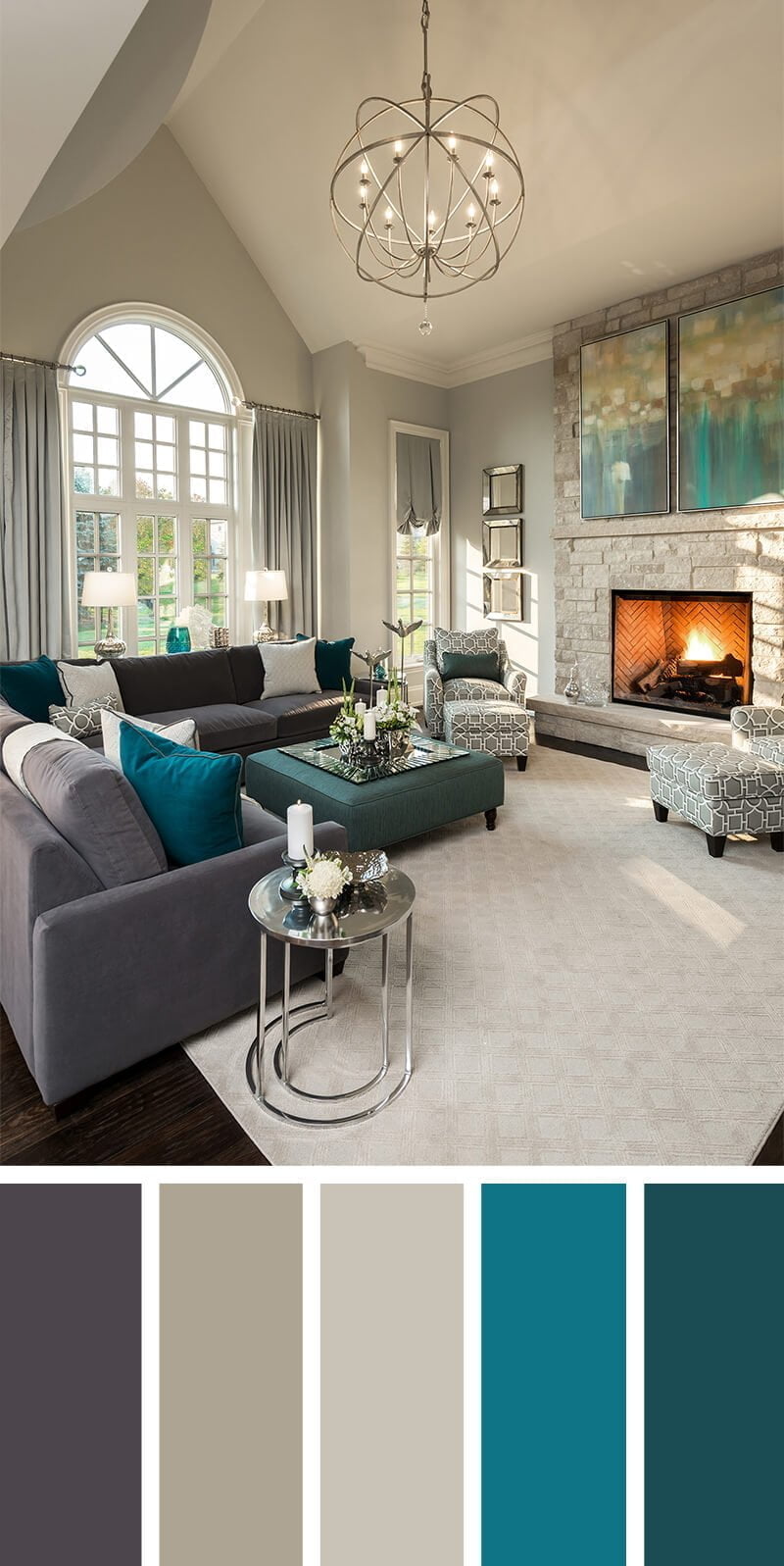
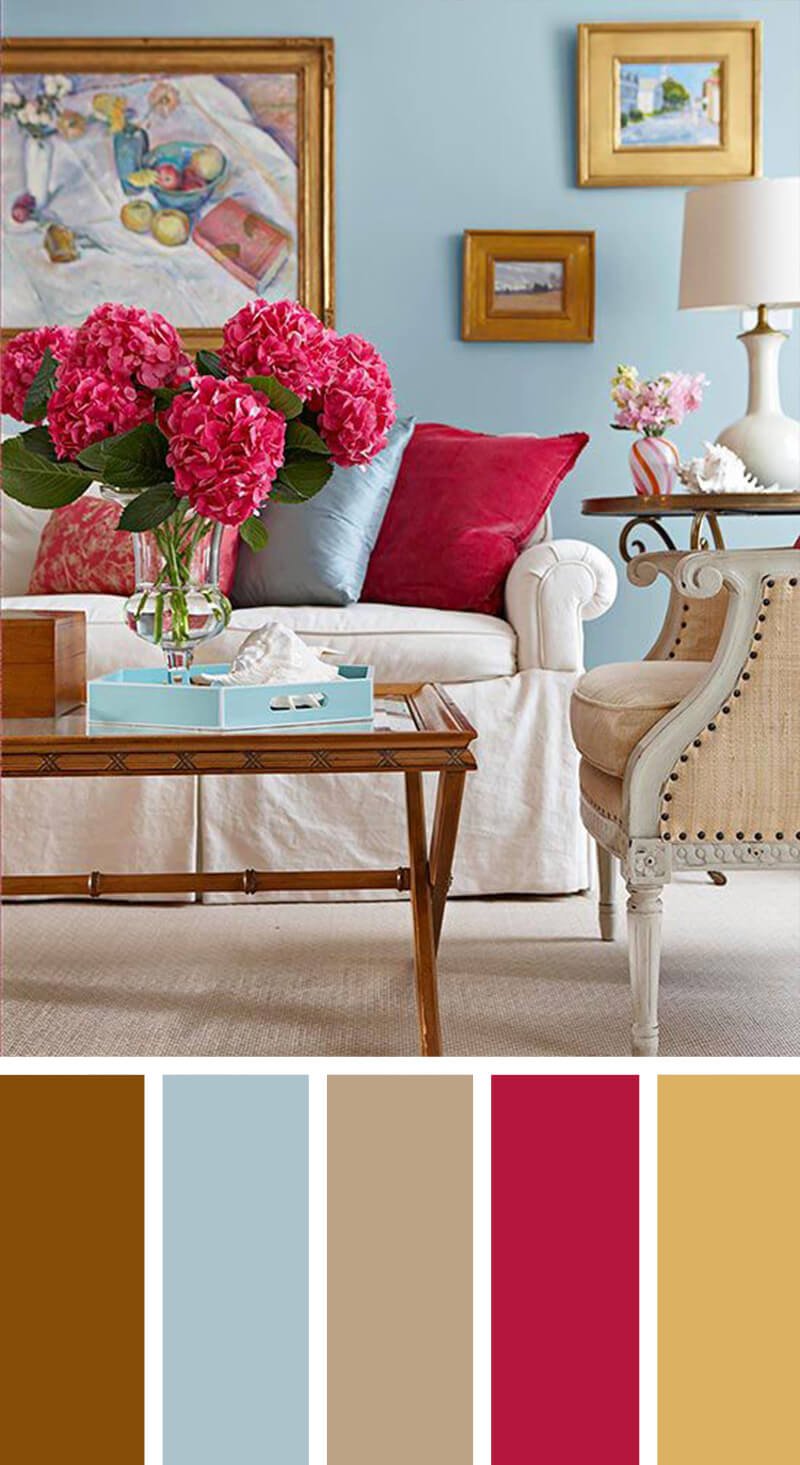


/169789002-58a723d63df78c345b930ec6.jpg)


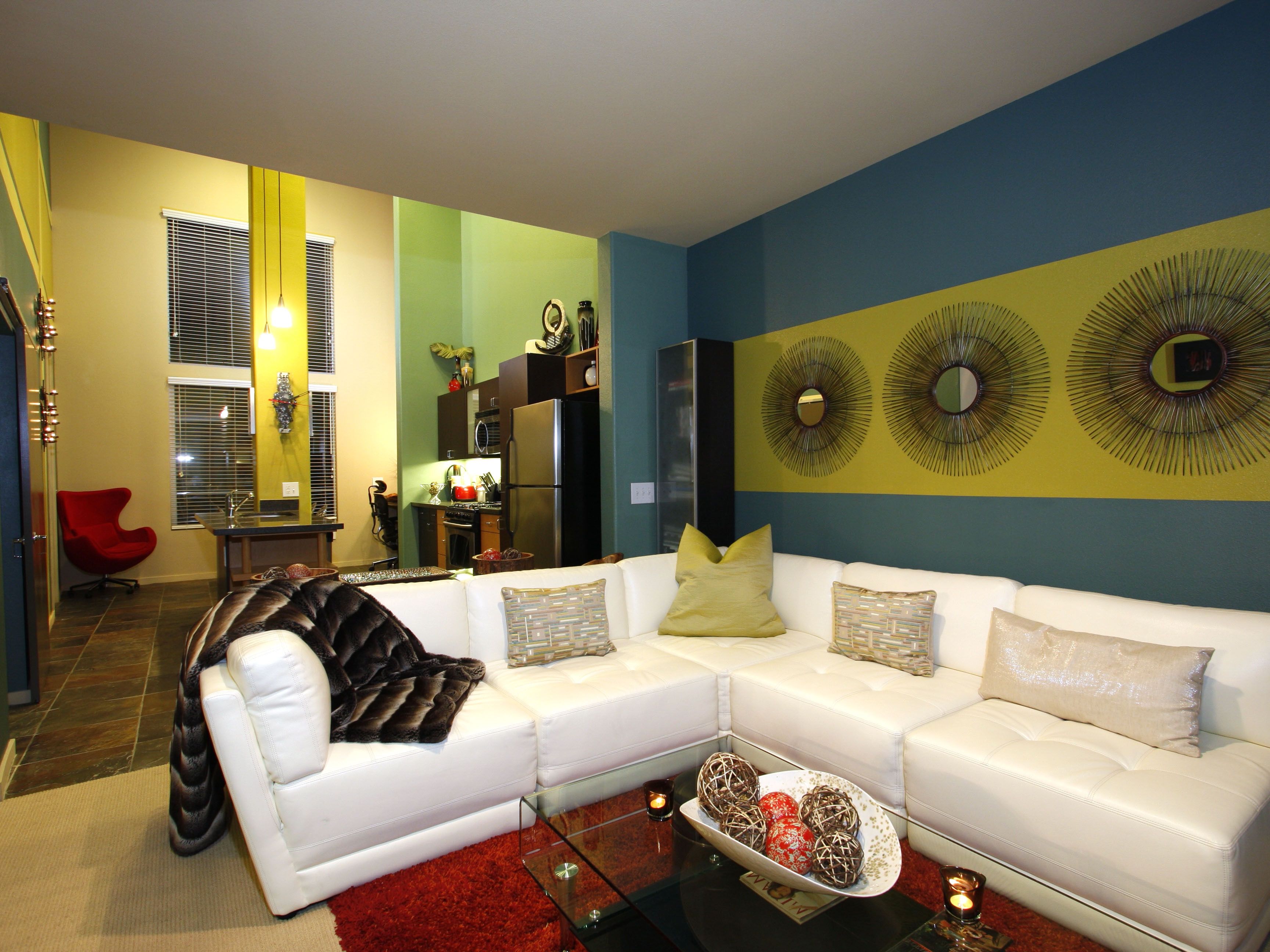
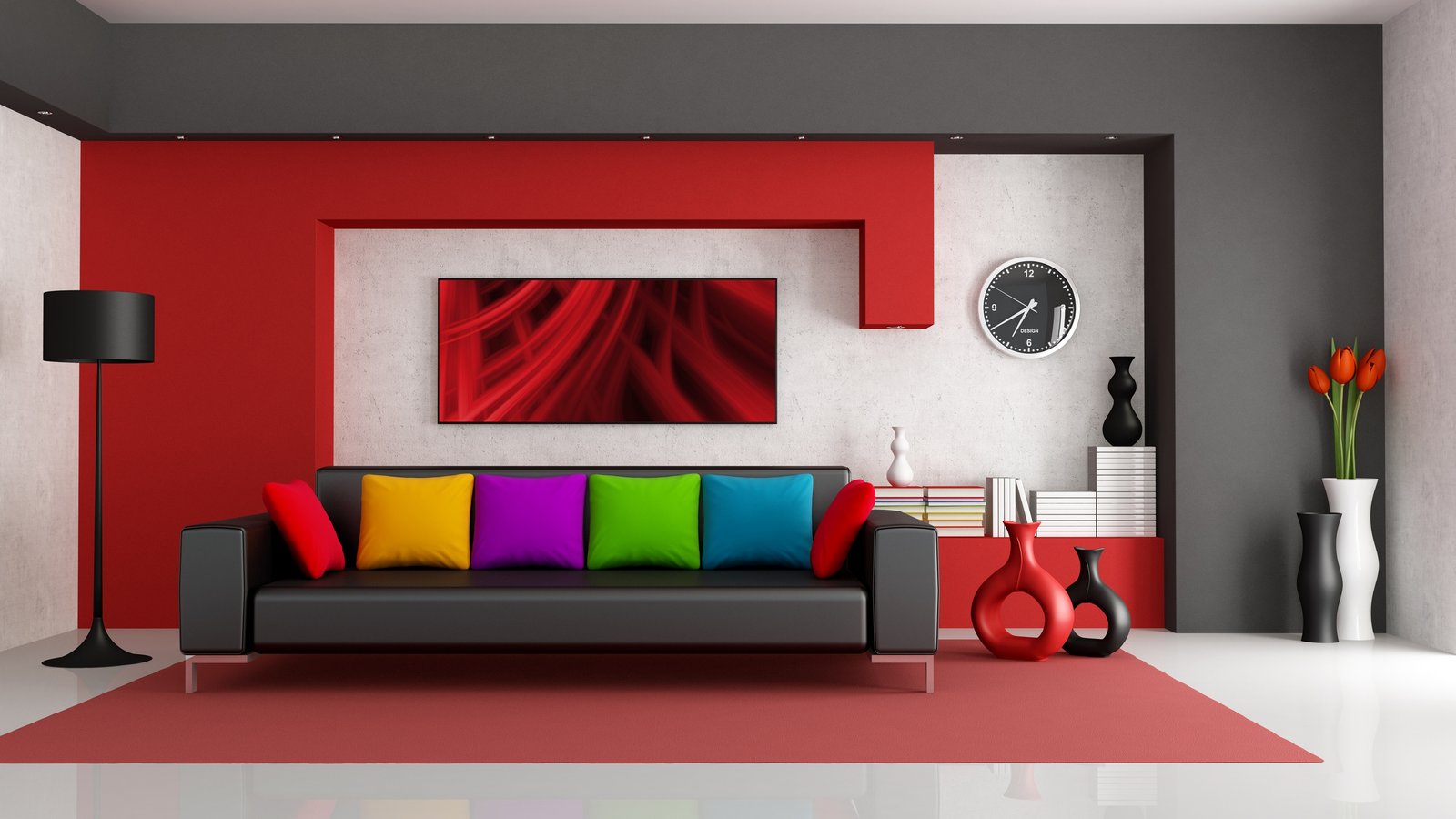



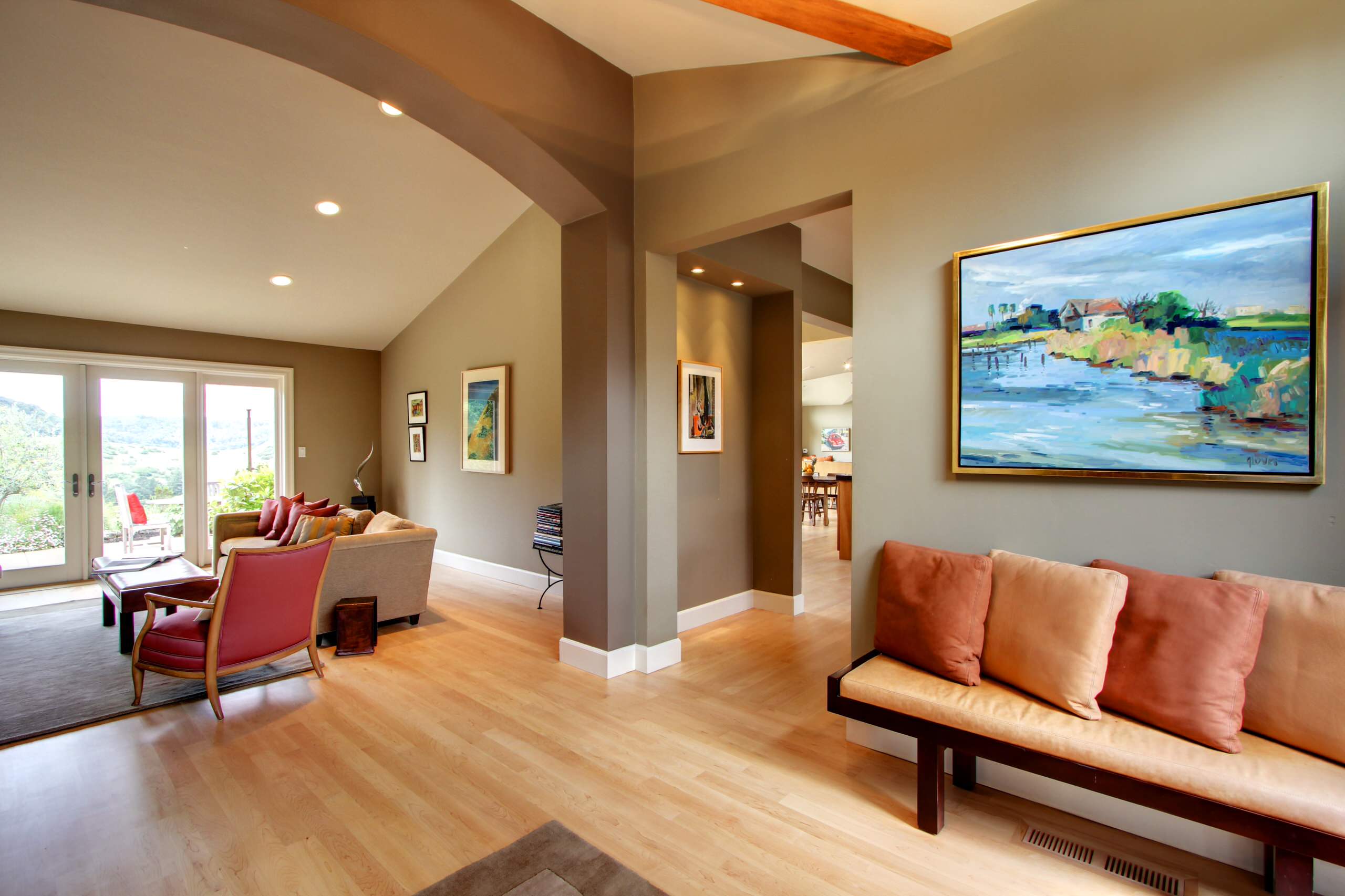

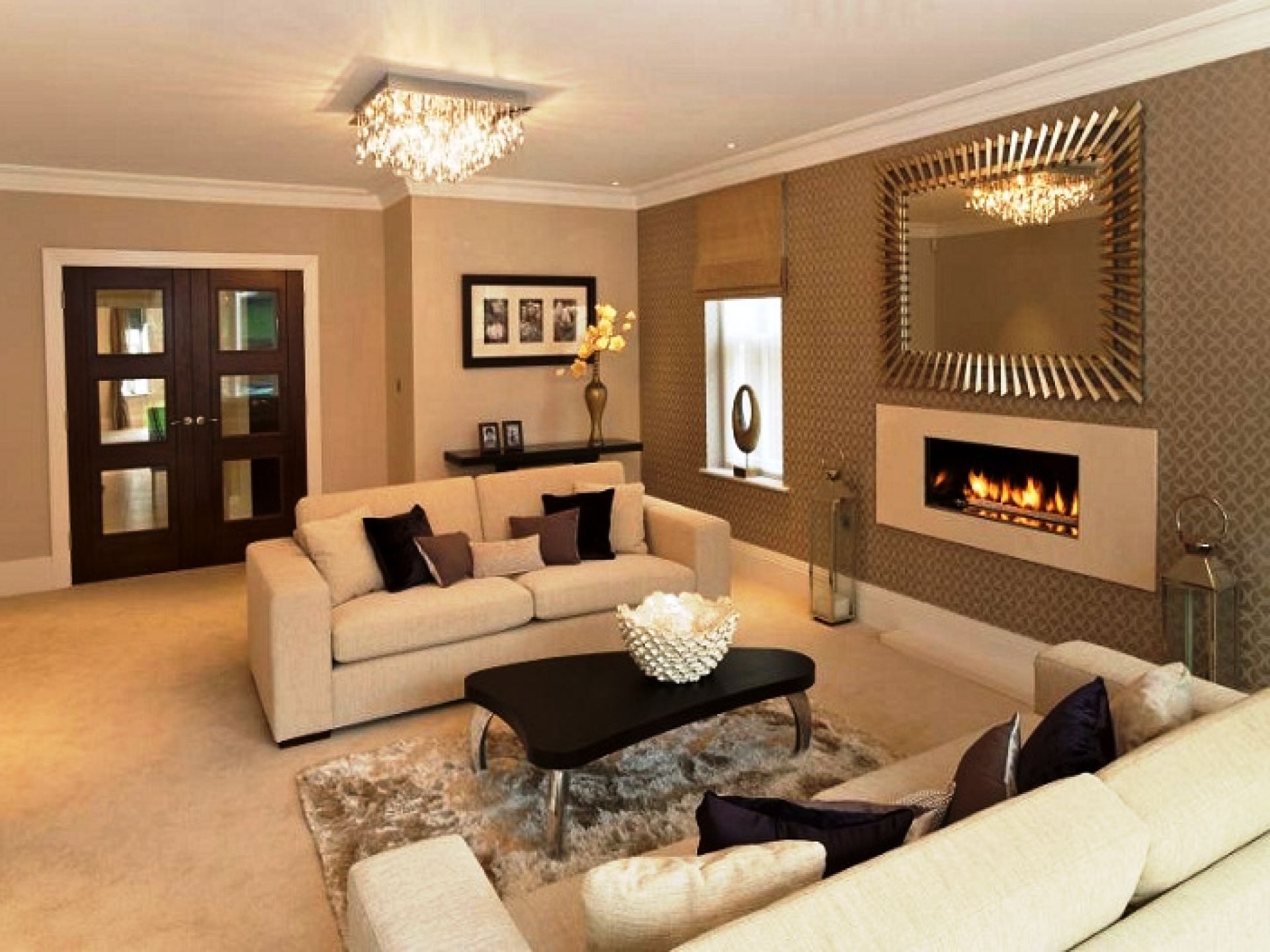

:max_bytes(150000):strip_icc()/0-1-f8dbdcd72633462f82651900da46e26a.jpg)





